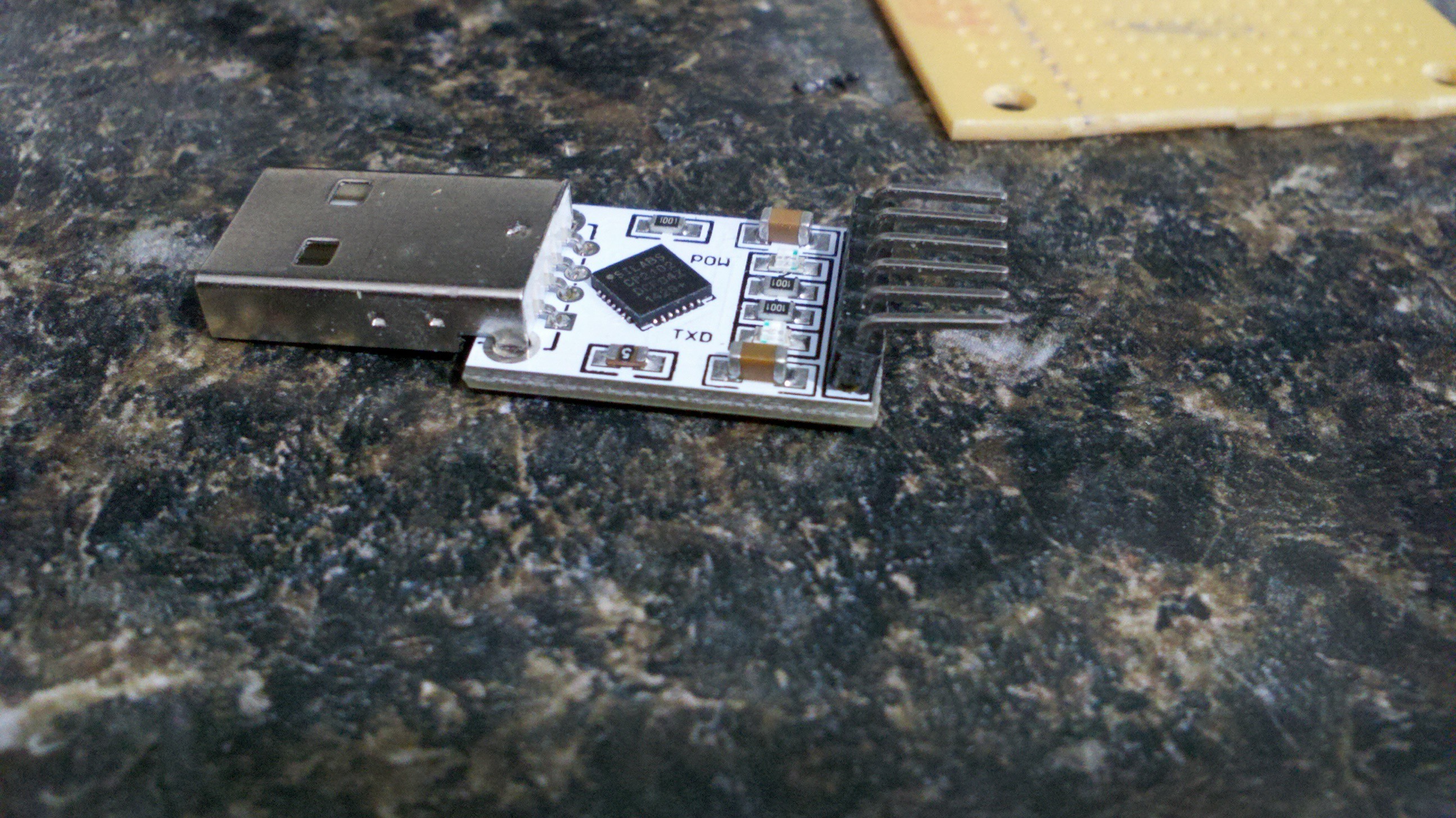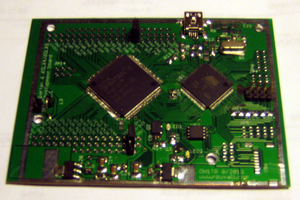I have been building a number of esp8266-01 projects. Several people have emailed me about what I used to program/debug the boards. Here is a simple development board for programming and loading firmware. Also has a couple of LED for testing GPIO output.
ESP8266-01 Development board
A quick and easy dev board for the esp8266-01 board
 Gary
Gary


 ciborg971
ciborg971
 james.moran
james.moran
 TommiRouvali
TommiRouvali